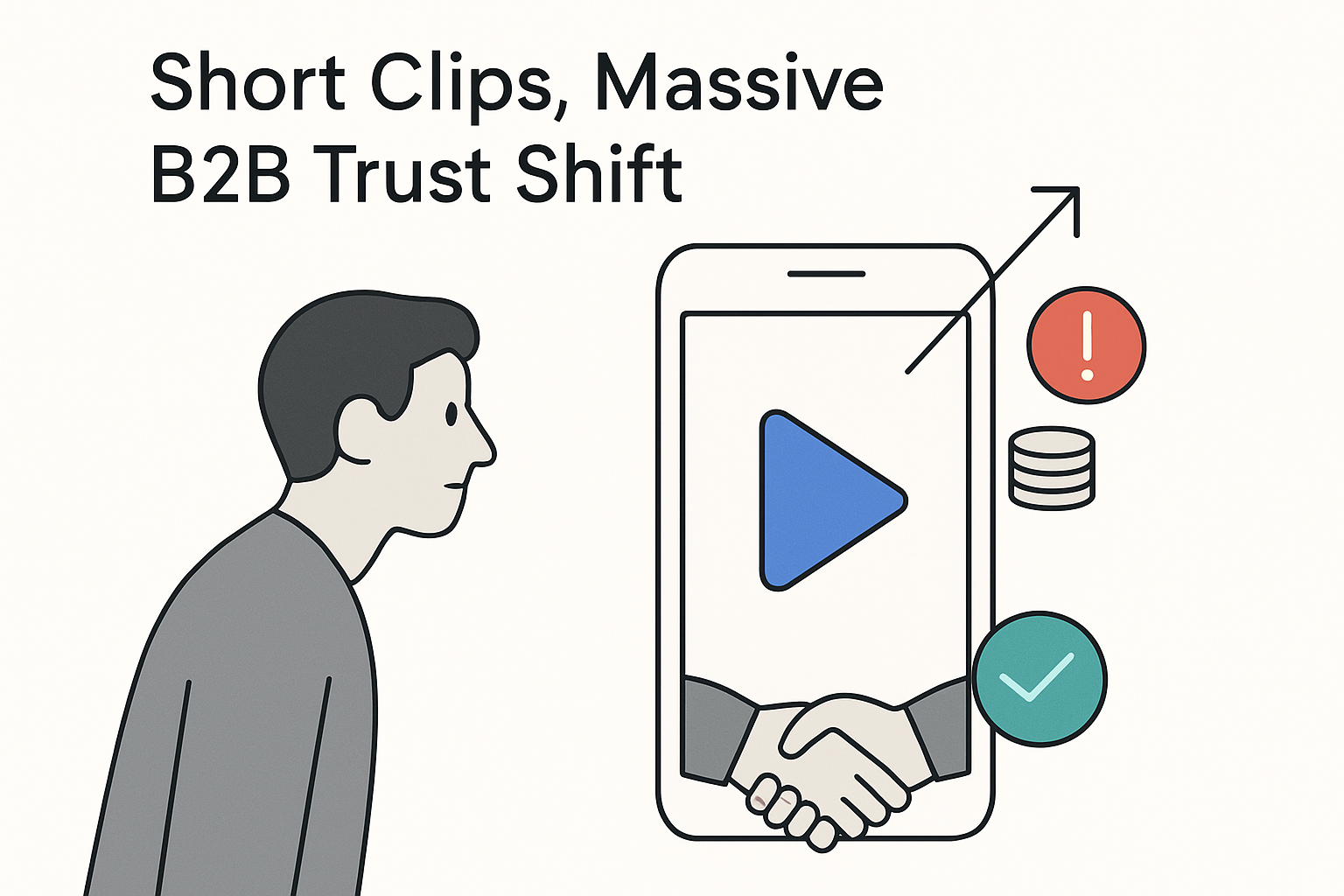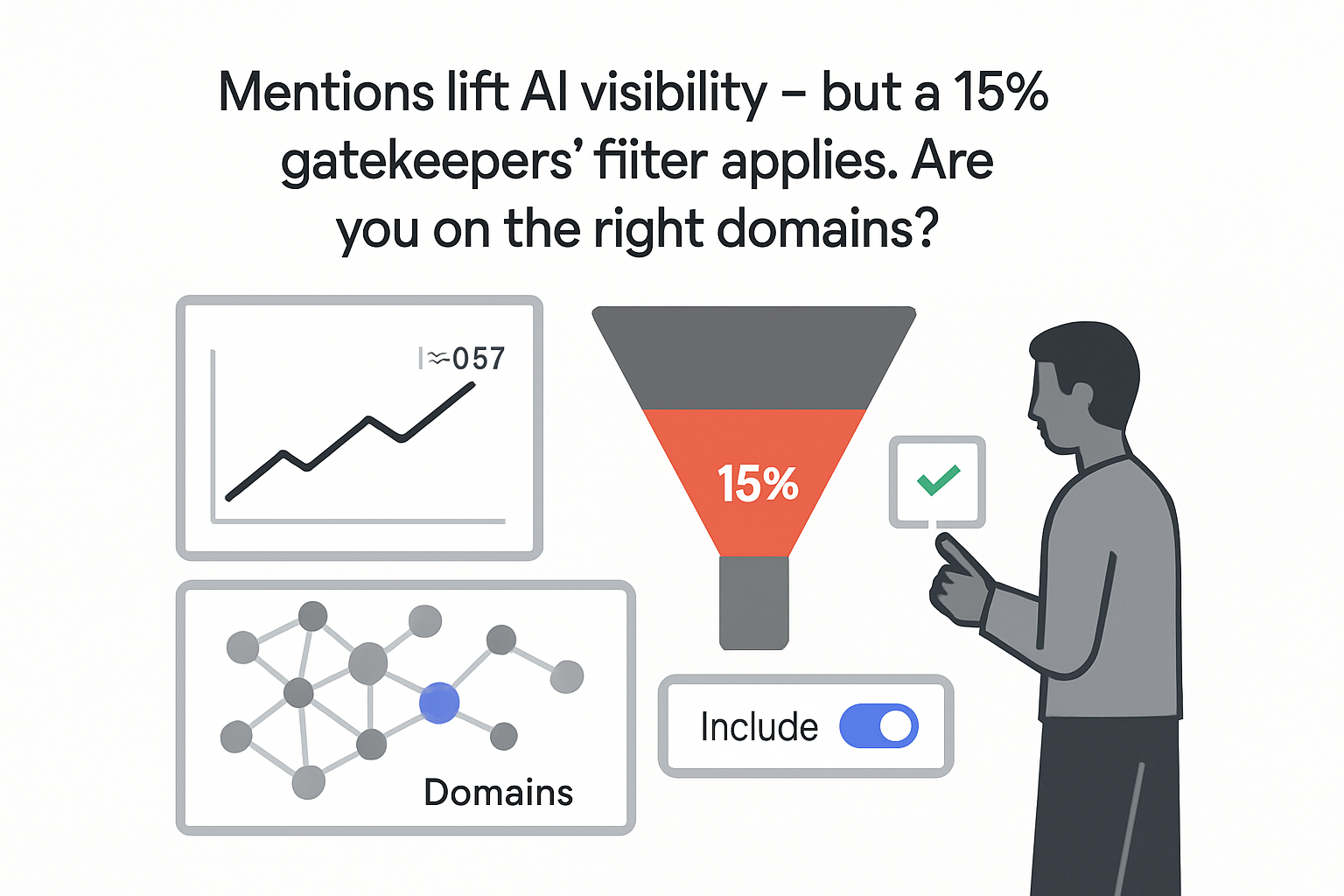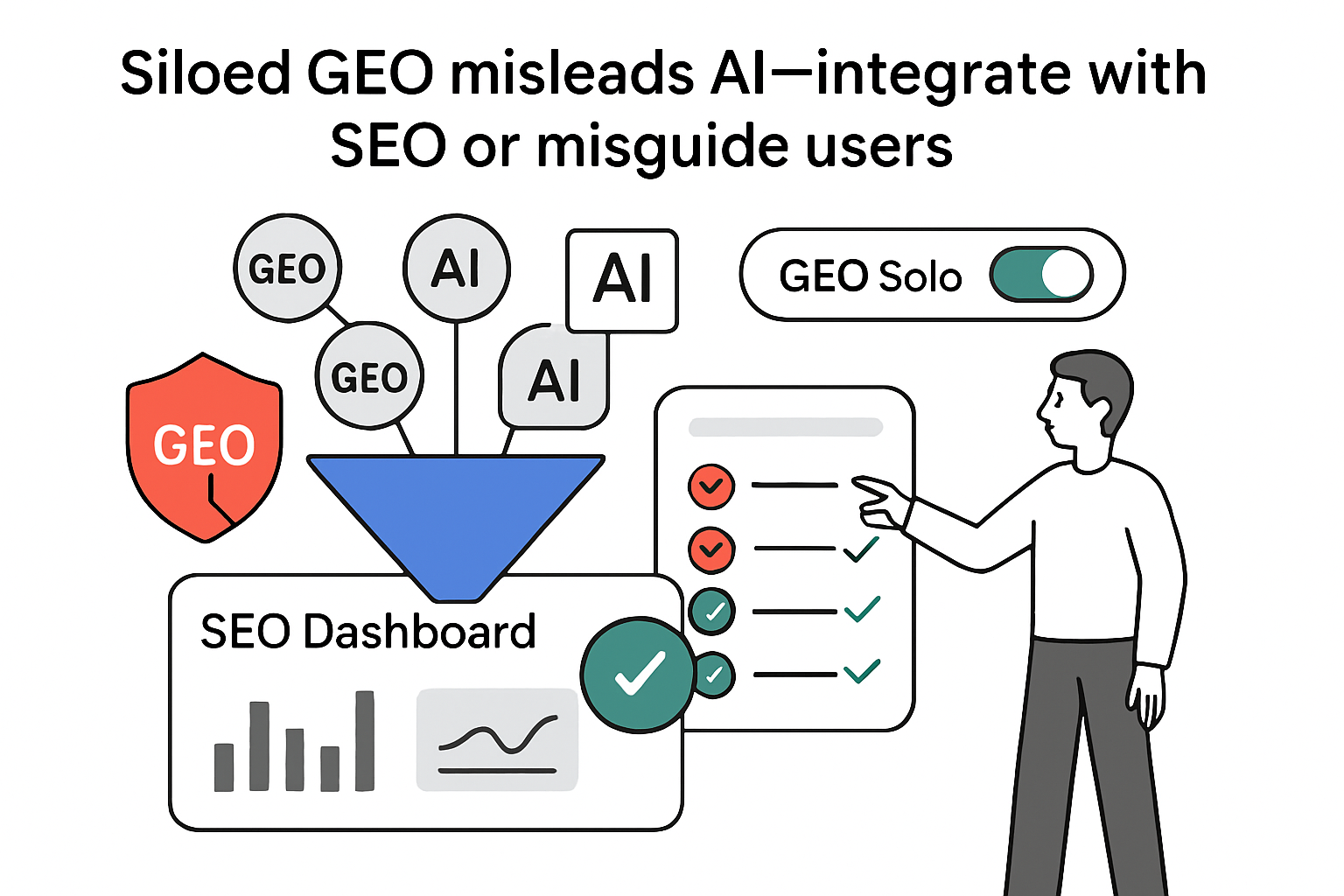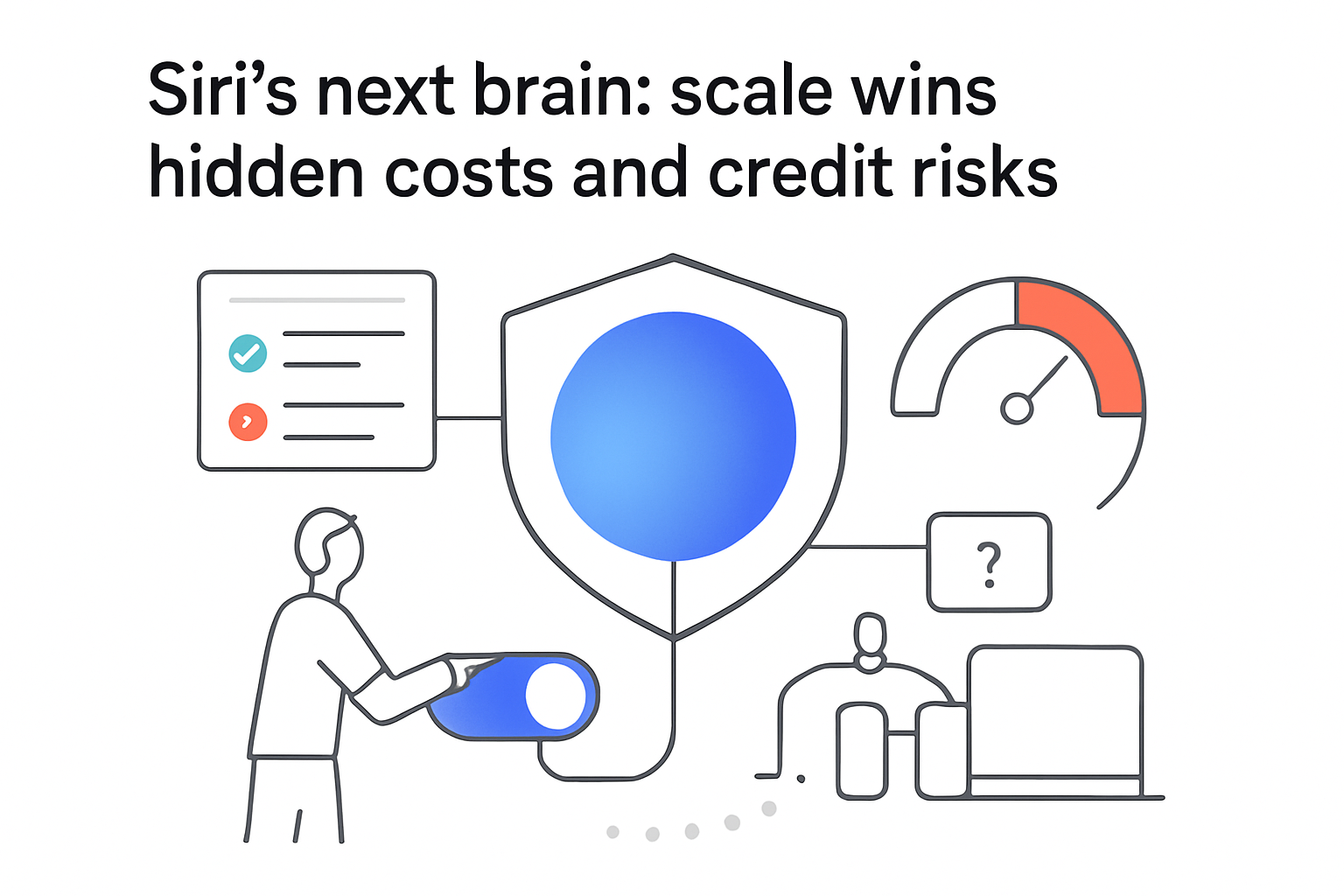B2B marketers are rapidly expanding their investments in video and creator-led content. New cross-study data shows that short-form clips and partnerships with subject-matter influencers are now two of the fastest-growing line items in enterprise marketing budgets, correlating with measurable gains in trust and brand visibility.
B2B video marketing benchmarks 2025
Executive snapshot
- 78% of B2B teams already use video; 52% plan to increase spend within 12 months [S1]
- Brands with a documented video strategy are 2.2x more likely to be classified as "well-trusted" and 1.8x more likely to be "well-known" [S1]
- 55% of B2B marketers now work with external creators or influencers; 84% of that group expect larger budgets next year [S1]
- LinkedIn video comment volume rose 28% year over year in 2024, outpacing overall post growth [S5]
Implication: Allocating budget to native platform video and vetted expert partners accelerates early-cycle trust signals, a leading indicator of pipeline growth.
Method and source notes
Primary data: B2B Marketing Benchmark Report 2025 (online survey of 1,500 senior marketers in six countries, April–May 2025, mixed-method).
Supplementary datasets: Wyzowl Video Marketing Survey 2024 [S2]; Gartner B2B Buyer Survey 2023 [S3]; Sprout Social Index 2024 [S5]; Wistia State of Video 2024 [S6].
Limitations: self-reported performance, English-language bias, results skewed toward LinkedIn advertisers.
Creator partnerships lift credibility for complex purchases
- Enterprise decision makers rate "industry practitioners I follow" as their most trusted information source, eight points ahead of vendor reps or analyst firms [S3]
- Brands that use influencers are 1.7x more likely to credit organic social with revenue contribution [S1]
- Thought-leadership pieces co-authored by external experts raise the likelihood of "willingness to pay premium pricing" by seven points [S4]
Multi-format video feeds both ends of the funnel
- Short clips (≤60 seconds) dominate output, yet webinars of 2–10 minutes generate the highest average watch time: 6:41 per viewer [S6]
- 53% of buyers request a demo after watching product video, versus 36% after reading a white paper [S2]
- Sequential video + text ads on LinkedIn cut cost-per-consideration by 19% compared with text-only campaigns [S1]
LinkedIn consolidates enterprise content distribution
- Weekly LinkedIn comments now outnumber Reddit’s by 2.3 million, driven by video replies and live events [S5]
- Native video posts earn a median 5.5% engagement rate versus 1.9% for external-link posts in identical feed positions [S5]
- Platform algorithms reduce impressions for off-site links by an estimated 42%, pushing brands toward native uploads [S5]
Interpretation and implications
Likely
- Reallocate 15–25% of gated-PDF budget to short, founder-led or customer-led videos to accelerate early-journey trust signals and lower social CPMs.
- Favor niche subject-matter influencers over macro personalities; LinkedIn look-alike audiences built on influencer followers show a 14% higher lead-to-SQL rate [S1].
Tentative
- Embed creator-generated clips in nurture streams; early tests indicate a 9% lift in email click-to-open when thumbnails feature recognizable experts [S1, internal case studies].
Speculative
- As brand recall aligns more with individual experts than logos, future B2B spend may resemble talent budgets, rewarding retained creator partners.
Contradictions and gaps
- Only 31% of respondents can confidently connect influencer activity to closed-won revenue (±3.5% margin of error) [S1]
- Video production costs range from USD 150 to 1,800 per finished minute, complicating budgeting despite falling medians [S6]
- Regional uptake varies: influencer collaboration is 67% in India versus 44% in Germany [S1]
Data appendix
| Metric | 2023 | 2024 | 2025* | Source |
|---|---|---|---|---|
| B2B marketers using video | 65% | 73% | 78% | [S1] |
| Brands working with influencers | 39% | 48% | 55% | [S1] |
| LinkedIn video engagement YoY | +22% | +28% | N/A | [S5] |
*2025 figures represent projections based on survey intentions.







.svg)